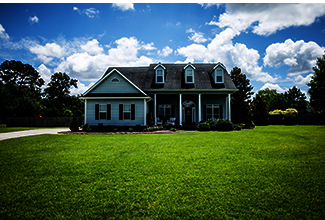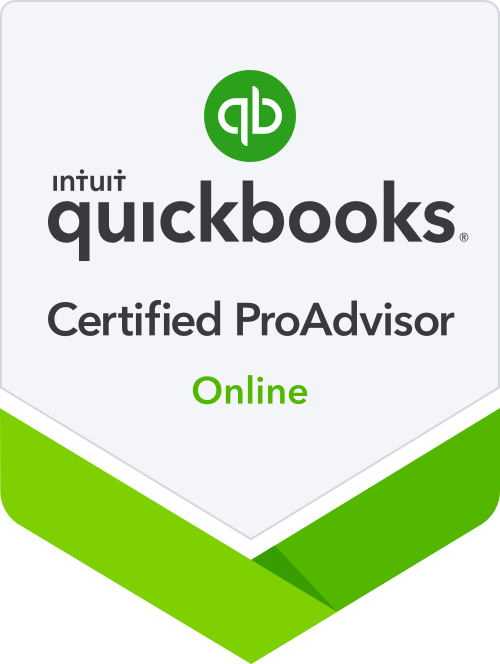
Strong cash flow is important for every business.
While the economy appears to be rebounding and companies are experiencing success, having enough money on hand to operate competitively could mean the difference between success and bankruptcy for a construction company. You could say that cash is a contractor’s best friend.

Many construction business owners, however, see cash-flow forecasting as either a distraction from their day-to-day activities or a daunting, implausible undertaking.
But, the truth is, getting a clearer picture of where your company’s dollars are going isn’t as difficult as you might think – and doing so can help keep your relationship with your “best friend” going strong.
Estimate earnings from contracts
The first step to realistic forecasting is to approximate earnings. Start with projected earnings for planned, in-progress or completed jobs for which you haven’t billed or collected fully. This task relies heavily on billing schedules.
At the beginning of each project, develop a well-thought-out, front-loaded (when appropriate) billing schedule. Doing so will optimize cash flow by helping you anticipate timelines of costly expenditures related to the project, and allow you to schedule a billing cycle directly after each expense.
For example, if you know that you’ll be buying or renting an expensive piece of equipment six weeks into a project, send an invoice directly after incurring the expense to recoup cash as quickly as possible. Better yet, if possible, prebill the owner for the cost of the item to get a head start on recouping that cash.
Without this kind of meaningful planning, you may have to wait months to recover large cash expenditures. Such billing schedules can also keep you on track with forecasting because they factor in expenditures related to the project and billing cycle dates.
Estimate billings
The next step is to create estimated billing schedules. Here, you must determine approximately how many projects you’ll bid on this year, and then break the projects into categories.
Breaking the bids into categories is necessary for more accurate forecasting because you might, for example, bid on more jobs for school construction projects, yet have a better success rate when bidding on healthcare construction jobs.
Each category may have a different billing cycle as well. You may also want to determine the breakdown of your negotiated contracts vs. hard-dollar bids. With negotiated work – since you may typically get higher profit margins and better terms than with hard-dollar bids – you will want to know how much of your work is tied up in each.
Once you’ve determined the number of bids and the success rate for each category, look to past projects to determine average billing cycles and create your cash-flow projections.
For example, to create a predicted billing and cash-forecasting schedule for an office building project secured through a hard-dollar bid process, you should review typical items for a job such as this, including:
- Average earnings
- Expected expenditures
- Typical billing schedules
- General financial effects of these types of projects
- Potential cost-escalating events
Doing so will not only help you predict future earnings from contracts and cash flow, but also allow you to identify patterns and areas where you may be able to improve your cash-flow management.
Ready to forecast
With your estimated contract earnings and billing schedules in hand – along with an overview of projected general operating expenses such as payroll, fleet costs, mortgage or rent payments – you’re finally ready to forecast your cash flow into the near future.
So how do you do it? Your construction company should have the internal financial capabilities to start producing information for cash-flow forecasting. But getting your accountant involved as early in the process as possible will get you to the finish line more quickly. Carefully organizing the data into easy-to-read categories and “bottom line” results are also key.
In addition, many financial management software applications come preloaded with cash forecasting capabilities. Work with your IT staff and/or accountant to determine whether you have this capability. And, if you don’t, consider an upgrade.
What it should look like
Start with forecasting one month into the future, working up to 13 weeks. Revise your forecast for collection of receivables and payment of payables as they both occur, and within a few weeks, you should see a fairly predictable pattern. Then modify the forecast weekly for anticipated revisions, unexpected turns or, more importantly, changes that you are able to implement to your advantage. And your cash-flow forecasting will work to your advantage over the long haul.
Benefits of the hard work
With a little diligence, you’ll likely discover just how beneficial and accurate cash-flow forecasting can be. In addition to keeping your construction business on track, you may be able to leverage the data you gather to instill confidence in lenders, sureties, prospects and investors. Many contractors who once saw cash-flow forecasts as a time-and-resource-consuming task, wind up wondering how they ran their business without it.
Five preventable cash-flow killers
In the construction business, there is no shortage of things that can suddenly go wrong – accidents, bad weather, insolvent owners.
But there are also a number of preventable situations that may be killing your cash flow. Here are five to consider:
1. Slow invoicing, slow payment. Offer easy and convenient ways for customers to pay (such as online bill pay), and do a thorough check of your customers’ financial and credit history to avoid drains on cash flow.
2. A lag between expenditures and payment. Try to at least partially prebill for materials, and consider timing subcontractor payments for greater cash-flow efficacy without risking legal repercussions. For large purchases, negotiate vendor terms to give you enough time to receive owner payments before paying the vendor, or take vendor discounts, if offered.
3. Inequitable retainage. Negotiate with owners a reasonable retainage percentage that won’t leave you cash poor. Your attorney may be able to help you here.
4. Poor fleet and resources management. Bloated equipment fleets (Yellow fever!), misguided investments and oversized offices are just a few examples of poorly managed expenses and overhead that can negatively affect cash flow.
5. Lawsuits. Granted, some unfavorable legal situations are unavoidable. But by following best practices in safety, insurance and general business operations – and keeping a watchful eye out for risks – you may be able to avoid costly litigation. – Kerri Richardson, CPA, CCIFP




